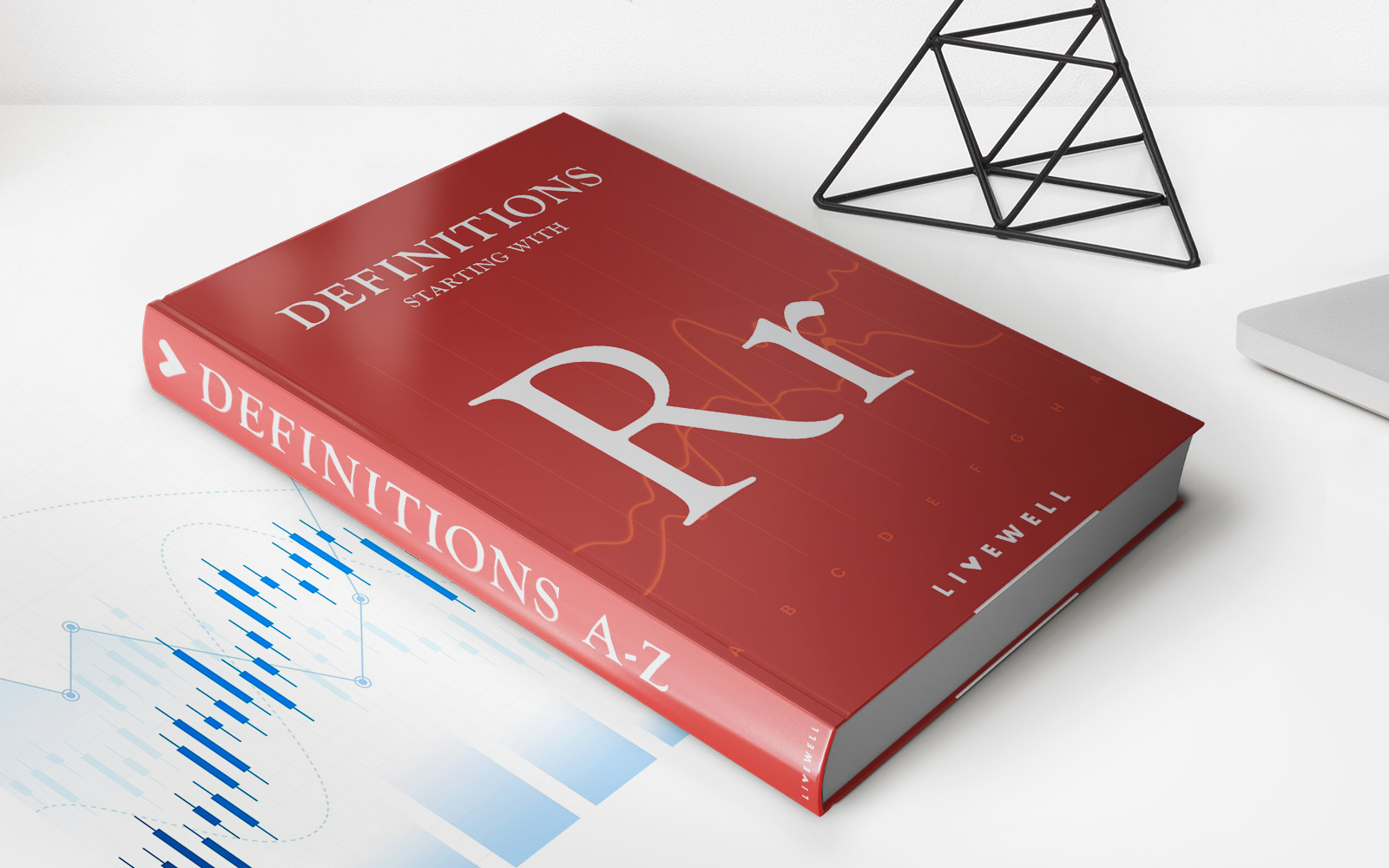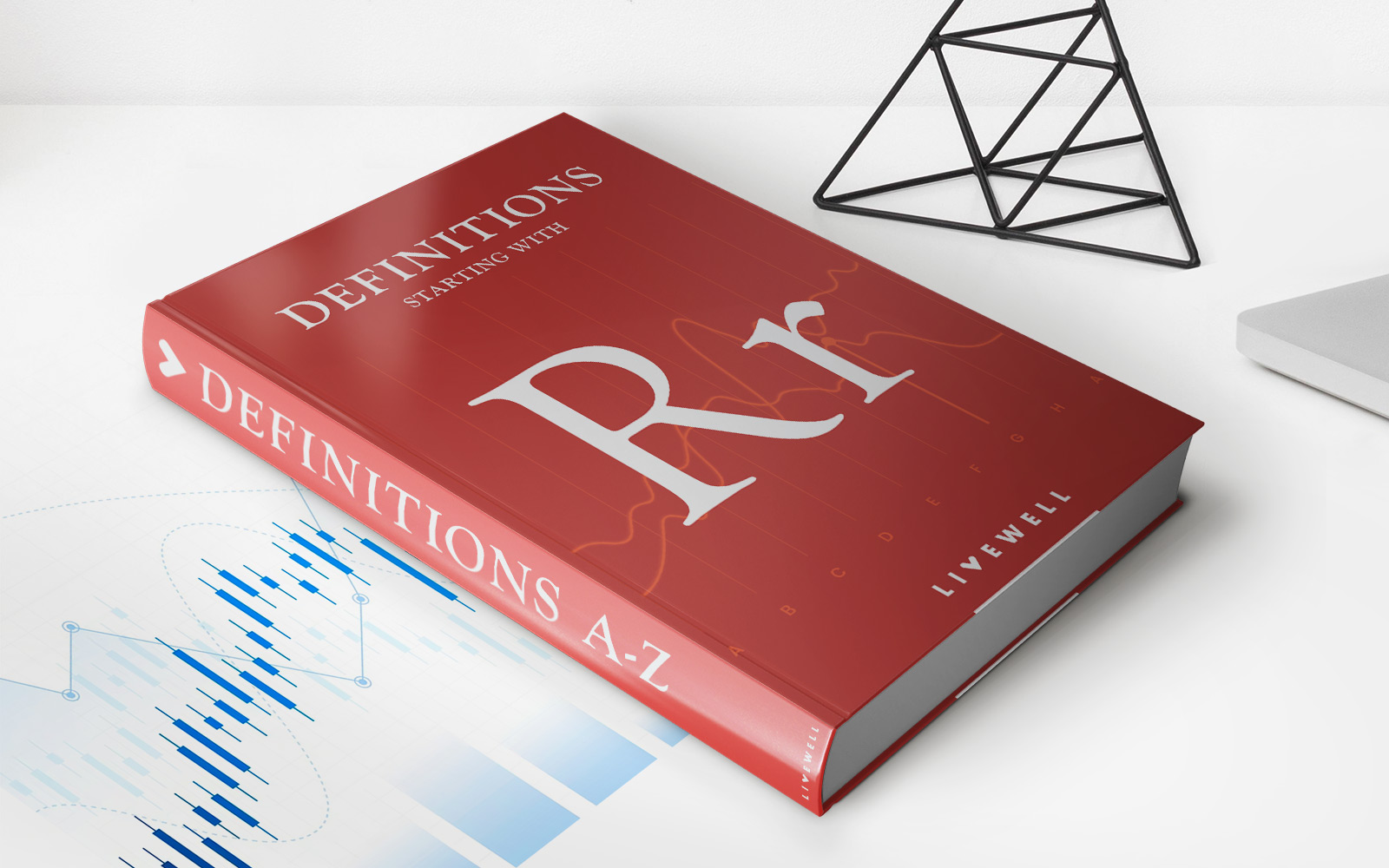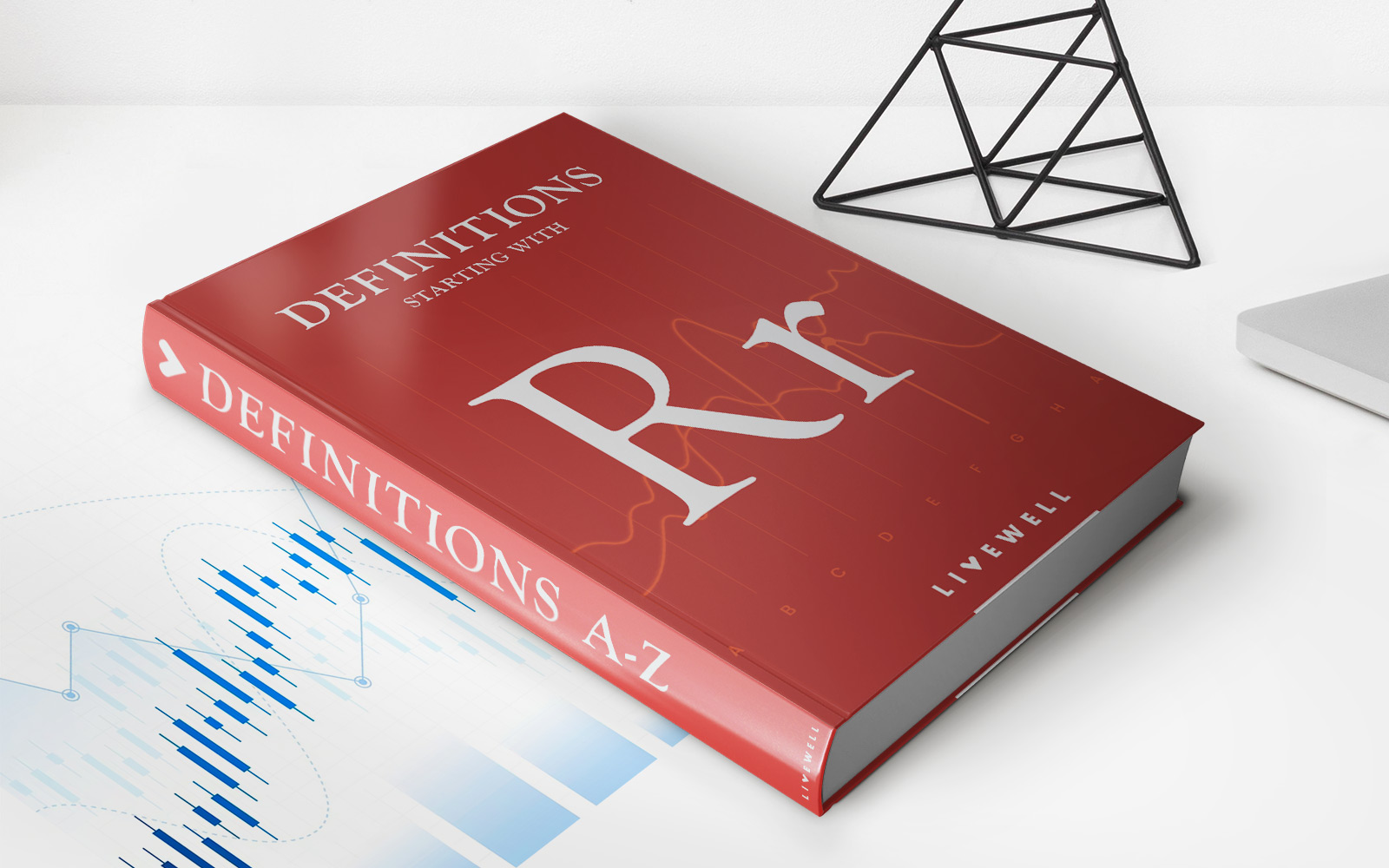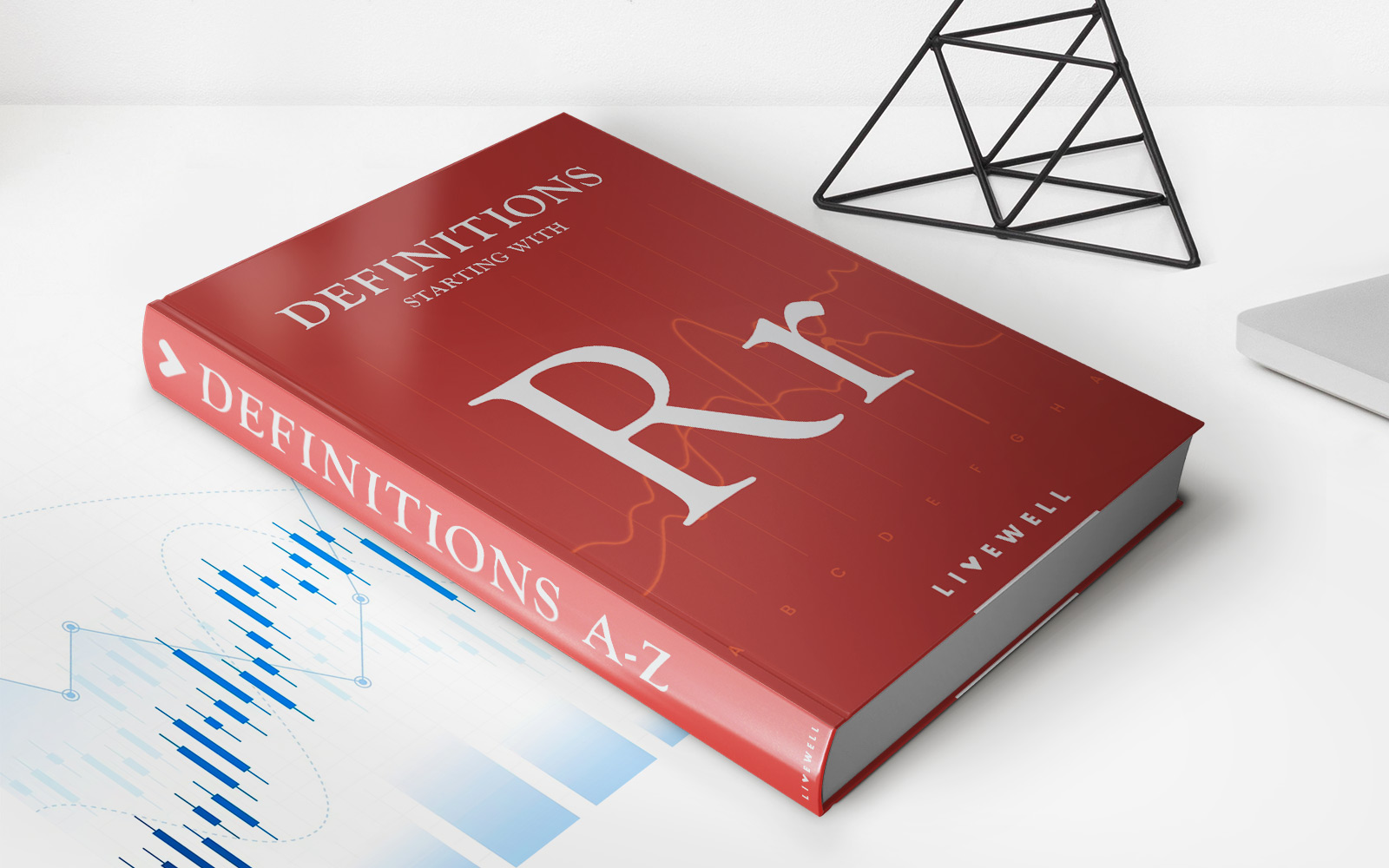Home>Finance>Regulated Investment Company (RIC): Definition, Examples, Taxes


Finance
Regulated Investment Company (RIC): Definition, Examples, Taxes
Published: January 17, 2024
Learn about the definition, examples, and taxes for Regulated Investment Companies (RICs) in the finance industry. Expand your knowledge on RICs today!
(Many of the links in this article redirect to a specific reviewed product. Your purchase of these products through affiliate links helps to generate commission for LiveWell, at no extra cost. Learn more)
REGULATED INVESTMENT COMPANY (RIC): DEFINITION, EXAMPLES, TAXES
Welcome to our “FINANCE” category where we explore various aspects of the financial world. Today, we’ll be diving into the topic of Regulated Investment Companies (RICs). What exactly is a RIC and what role does it play in the world of finance? In this blog post, we’ll answer these questions and provide examples of RICs along with insights into the taxes associated with them.
Key Takeaways:
- A RIC is a type of investment company that is regulated by the US Internal Revenue Service (IRS).
- RICs provide investors with an opportunity to pool their money and invest in a diversified portfolio of securities.
Now, let’s delve into the details of RICs. A Regulated Investment Company (RIC) is a type of investment company that is regulated by the US Internal Revenue Service (IRS). RICs are also known as mutual funds or exchange-traded funds (ETFs). These companies are structured in a way that allows individual investors to pool their money and collectively invest in a diversified portfolio of securities, such as stocks, bonds, and other financial instruments.
RICs are subject to specific tax regulations that distinguish them from other investment entities. To qualify as a RIC, the company must meet certain criteria set by the IRS. One such requirement is that a RIC must distribute at least 90% of its net investment income to shareholders in the form of dividends. This distribution allows RICs to avoid paying corporate income tax at the entity level.
The investors in a RIC are responsible for paying taxes on the dividends they receive. These dividends are typically taxed at the individual’s ordinary income tax rates. However, certain dividends may qualify for lower tax rates, such as qualified dividend rates. It’s important for investors to consult with a tax professional to understand the specific tax implications of their RIC investments.
Now, let’s take a look at a couple of examples of RICs:
- Vanguard Total Stock Market ETF (VTI): This RIC provides investors with exposure to the entire U.S. equity market. It aims to track the performance of the CRSP US Total Market Index.
- BlackRock Global Allocation Fund (MDLOX): This RIC is a global fund that invests in a mix of stocks, bonds, and other assets across different regions and industries.
In conclusion, RICs are an important part of the investment landscape, offering individuals the ability to invest in a diversified portfolio of securities. These investment vehicles provide potential tax benefits, as long as certain requirements are met. However, it’s essential for investors to understand the specific tax implications of their RIC investments and consult with a tax professional when needed.
Thank you for joining us on this finance journey, and stay tuned for more informative blog posts in our “FINANCE” category!














